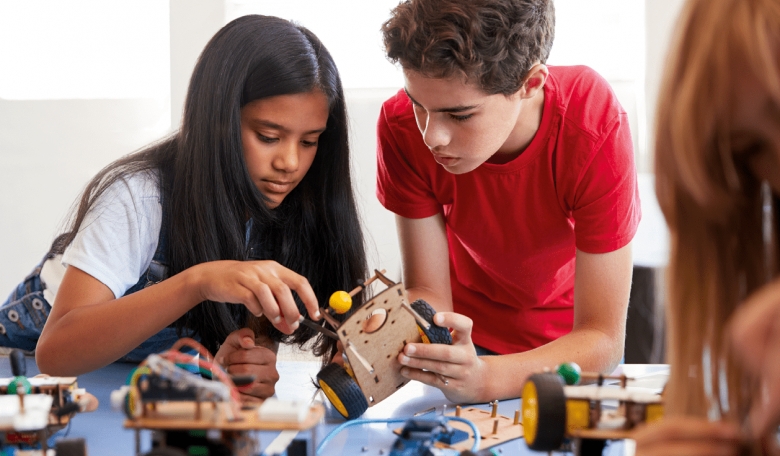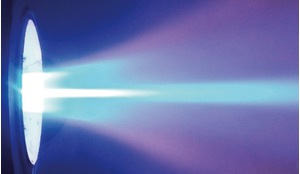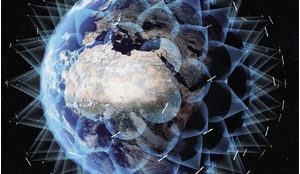The UK space industry makes up approximately five percent of the global space economy, with 75 percent of its employees holding higher education qualifications. These employees are classed as exceptionally highly skilled, meaning the space industry is seen by some as inaccessible or only for the very brightest minds. But does the industry’s image, and that of careers in STEM, contribute to recruitment difficulties within the sector?
The UK government’s current plans aim for the UK to make up 10 percent of the global space industry by 2030, which means the creation of 80,000 jobs. Within the UK, we are seeing a widening STEM gap, with fewer young people pursuing careers in science, technology, engineering and mathematics (STEM) than we need to meet sector demand.
Despite big financial investments by universities in recruitment to science and engineering subjects and considerable efforts from industry to interest graduates and school students, there seems to be very little change in uptake or the demographic diversity of the space industry. These efforts have often sought to make careers in space seem ‘fun’ and ‘interesting’ but a study by the Science Capital research team has shown that, over the last 10 years, a lack of interest isn’t the main problem.
Based at the UCL Institute of Education, the Science Capital research team, led by Professor Louise Archer, covers a range of projects investigating the science, technology and career aspirations and experiences of young people to try to find and remove barriers to accessing careers in science and engineering and to support more inclusive and equitable science learning experiences for all. The UKRI Economic and Social Research Council-funded ASPIRES research is a large-scale, mixed method study tracking the development of these aspirations from age 10-23, including surveys with over 40,000 young people and 680 interviews with both young people and their parents.














